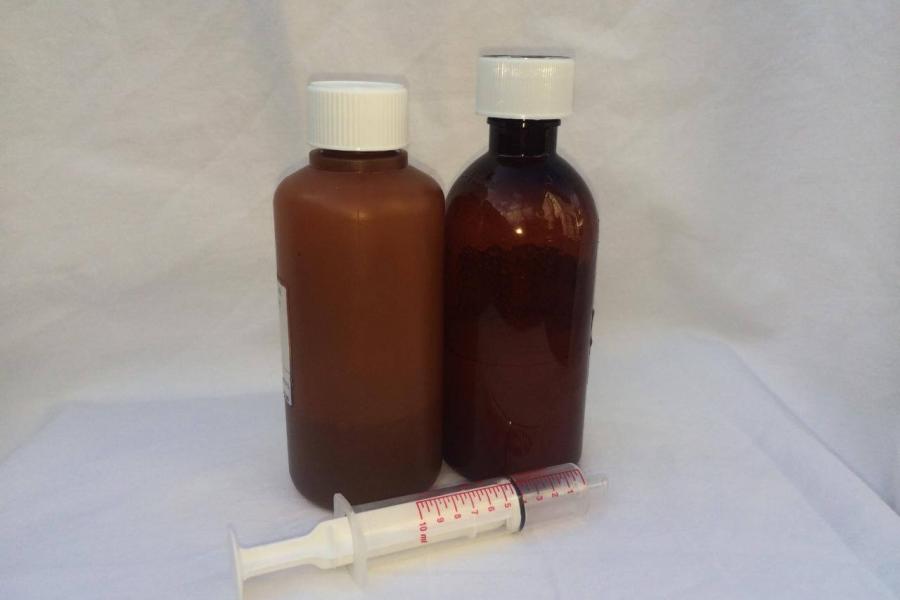Medicines
It's important for you to know as much as you can about any medicines your child is taking. Make sure you know why your child needs the medicine; when and how much to give; possible side-effects and what to do if you forget a dose or give too much. You might like to check the medication safety tips for parents.
